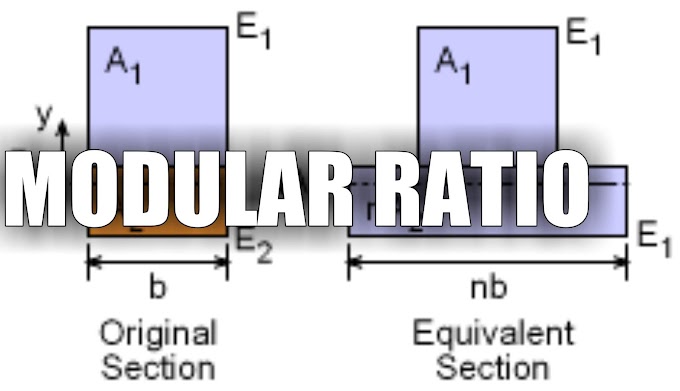👉 Border Roads Organisation for hilly regions, was formed in 1960
👉 For the movement of vehicles at an intersection of two roads, without any interference, the type of grade separator generally preferred to, is CLOVERLEAF
👉 The minimum ratio of the radii of two circular curves of a compound curve, is kept 1.5
👉 The minimum value of camber provided for thin bituminous surface hill roads, is 2.5%
👉 Road markers along roads from the edge of a kerb should not be less than 60cm
👉 The usual width of parapet walls along Highways in hilly region, is 60cm
👉 According to Highway Research Board of U.S.A. practical land width, is 3.6m
👉 The basic formula for determination of pavement thickness was first suggested by GOLDBECK
👉 Deviation of the alignment of a trace cut may be permitted in areas involving LANDSLIDE
👉 According to the recommendations of Nagpur Conference, the width formation of an ideal National Highway in hard rock cutting, is 7.9m
👉 On the recommendations of Indian Road Congress, the ruling gradient in plains, is 1 in 30
👉 The head light of vehicles should be such that its lower beam illuminates objects at 30m
👉 The length of the side of warning sign boards of roads is 45cm
👉 Minimum thickness of a layer of fine sand required to cut off capillary rise of water completely, should be 76cm
👉 At a road junction, 7 cross conflict points are severe if, one is two-way road and other is one-way road
👉 To indicate proper control of consistency of a freshly mixed concrete for pavement construction, the slump should be between 7 to 10cm
👉 The width of different roads as recommended in Nagpur plan by the Indian Road Conference for hilly region, is different for National highway
👉 For the administration of road transport, a Motor Vehicle Act was enacted in 1939
👉Along high ways confirmatory route markers are generally fixed, after the crossing on the left
side
👉 Transverse joints are provided at distances varying from 17 to 27m
👉 To prevent movement of moisture from subgrade to road pavement at the same level as that of water-table, thickness of a cut off layer of coarse sand, is 15cm
👉 For Indian conditions, the water bound macadam roads, are suitable if daily traffic does not exceed 2000 tonnes
👉 For maximum strength and durability minimum percentage of cement, by weight is 30%
👉 The minimum vertical clearance of overhanging cliffs or any other structure above the surface of a hill road, should be 5m
👉 The usual width of side drains along Highways in hilly region, is 60cm
👉 Normal formation width of a hill road for one-way traffic, is 4.8m
👉 Minimum thickness of the base of a flexible pavement, is 10cm
👉 An Executive Engineer of roads, executes works under direct control of Superintending Engineer
👉 Newly constructed pavement with ordinary Portland cement attains its working strength after 28days
👉 If the radii of a compound curve and a reverse curve are respectively the same, the length of common tangent of both curves will be equal
👉 From the point of tangency before an intersection, the route markers are fixed at a distance of 100 to 150m
👉 For a poorly graded sub-grade soil, thickness of sub-base, is 30cm
👉 For clear distinct vision, images of obstructions should fall on the retina with a cone of 5°
👉 The minimum width of the pavement of a National Highway should be 5.7m
👉 An exceptional grade may be provided upto 1 in 12 along hill roads, if the length does not exceed 60m per Km
👉 If a Lemniscate curve having an angle of deflection Δ, is transitional throughout, the maximum polar angle is ∆/6
👉 On most smooth hard surfaced roads, rolling resistance to moving vehicles, ranges from 9 kg to 11 kg/tonne
👉 Width of a rotary round should be equal to width of the widest road plus the width of one lane
👉 For a 6.6 m wide two lane pavement, berms are provided on either side having a width of 1.5m
👉 For the design of cement concrete pavement for corner loading, Indian Road Congress recommends the use of Picker's Formula
👉 I.R.T.D.A. (Indian Roads and Transport Development Association) was set up at Bombay in 1927
👉 Thickness of broken line markings on multilane road for lanes is generally kept 10cm





0 Comments